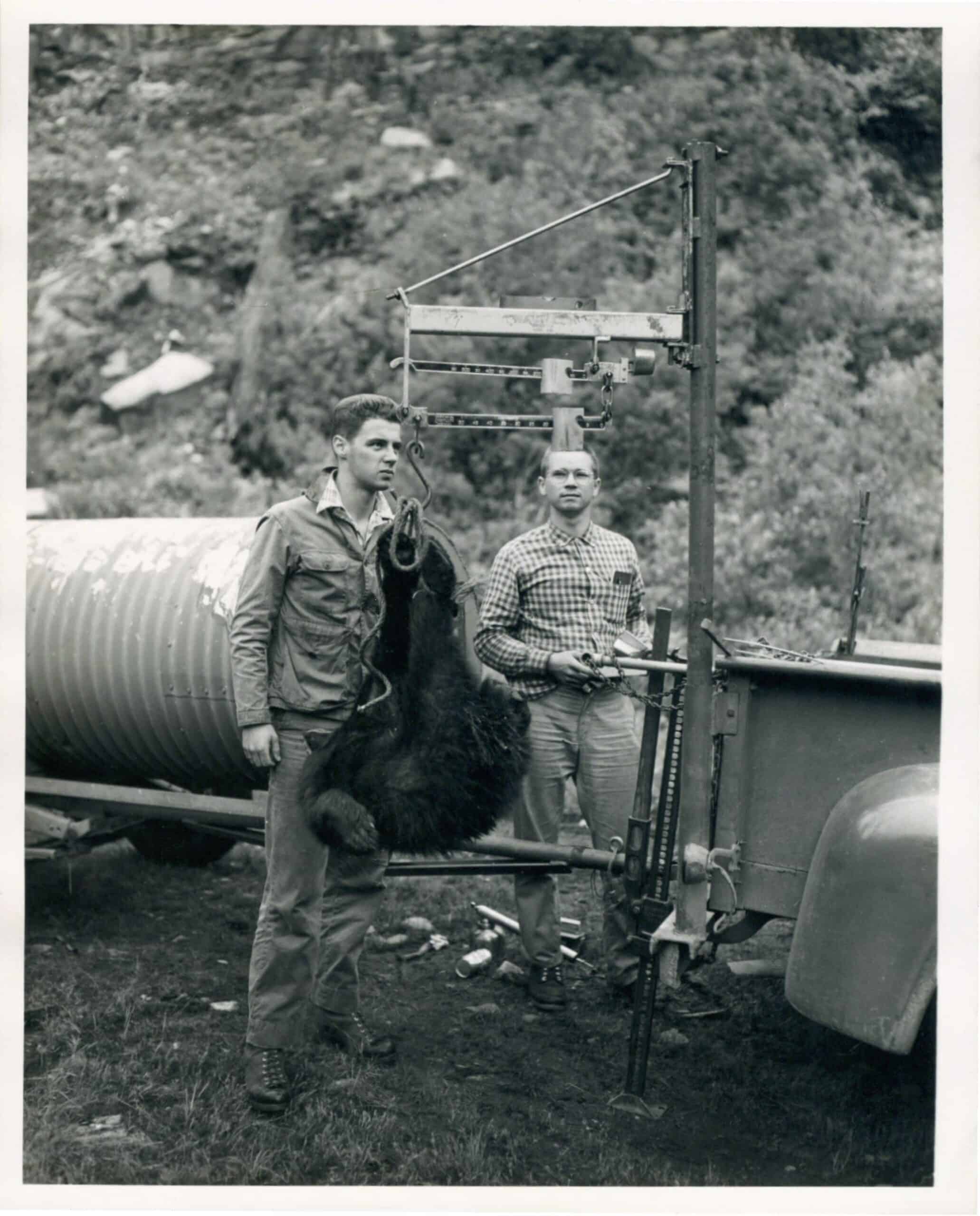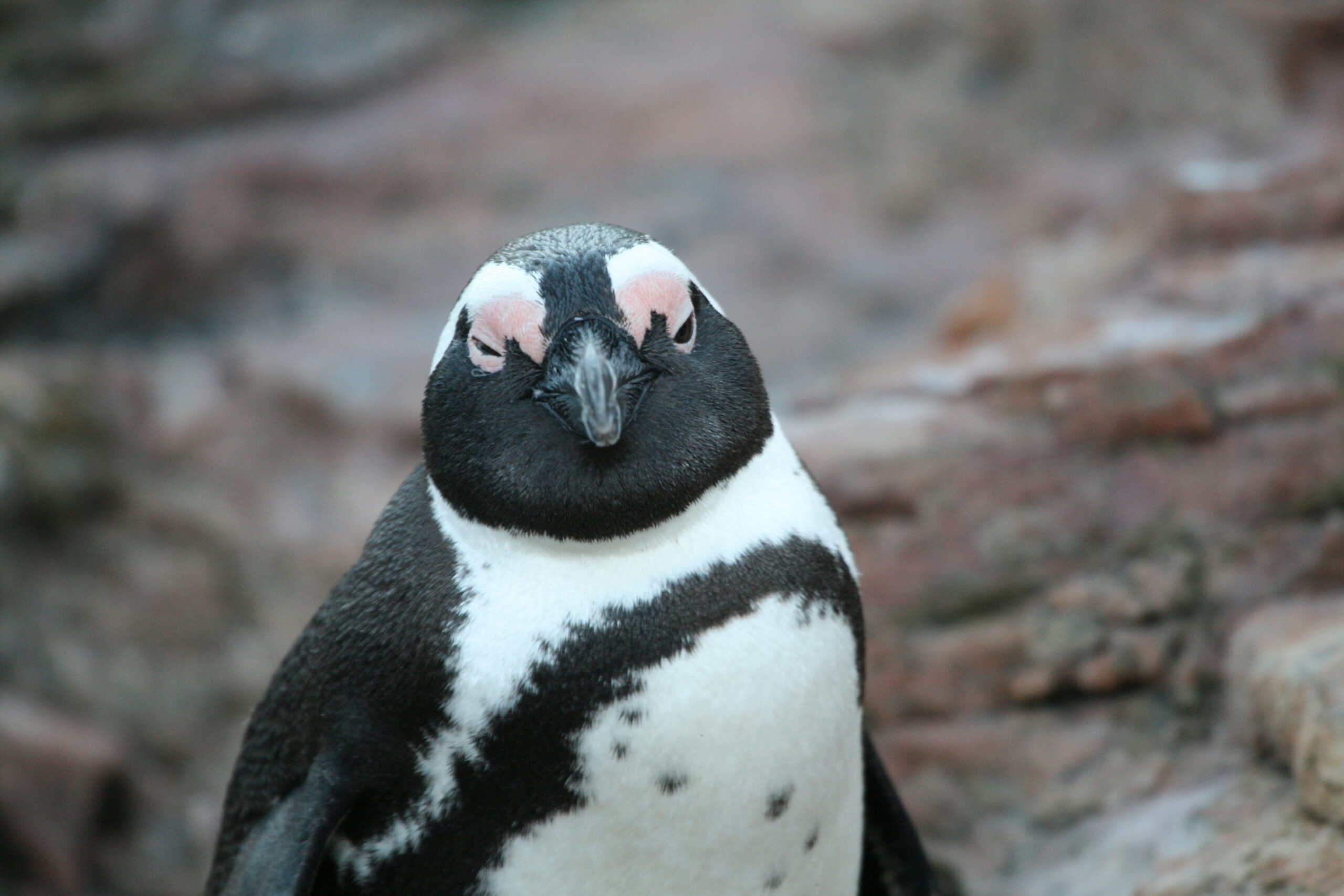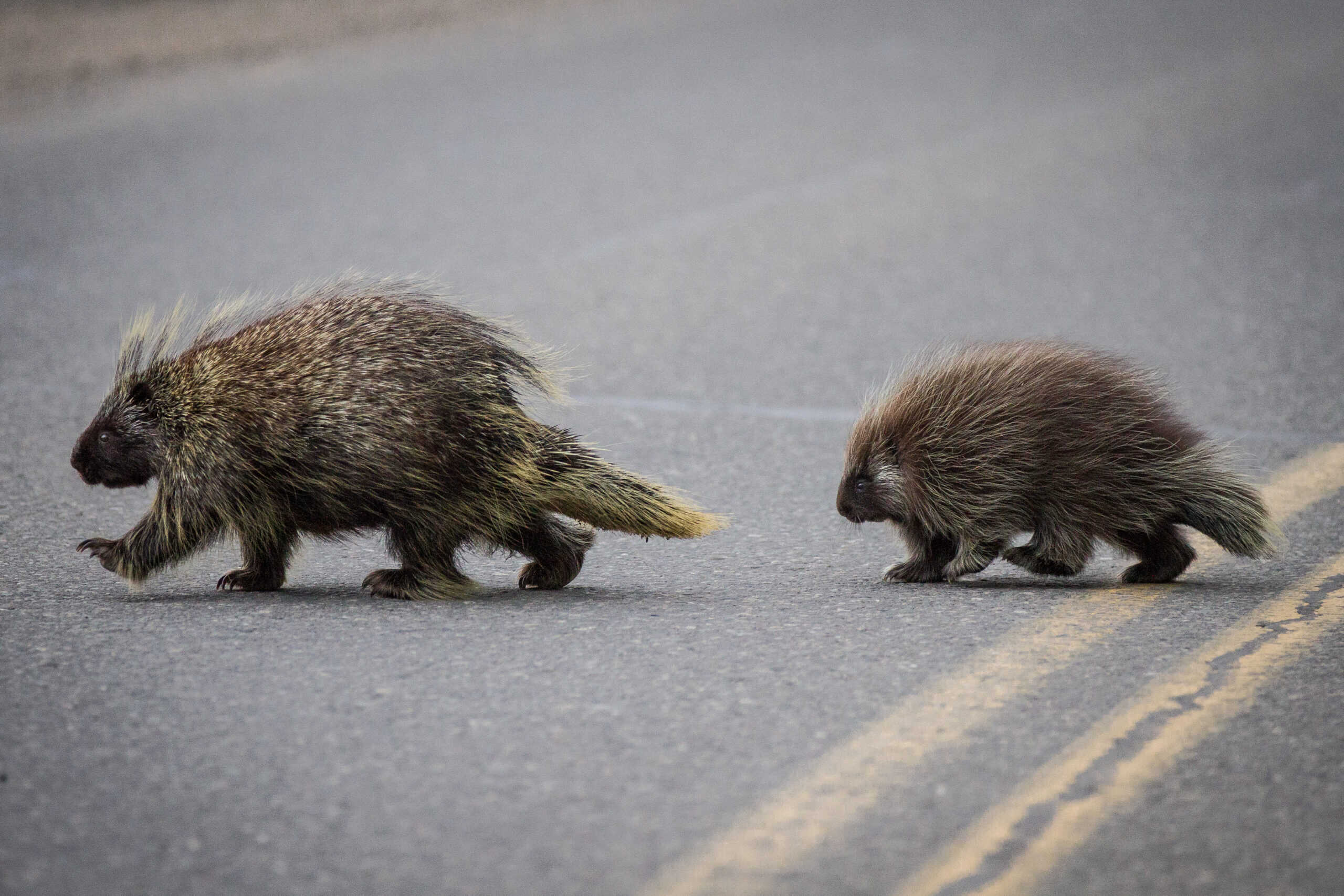Share this article
Wild Horse and Burro Summit highlights science and urgency
Bureau of Land Management rangelands can only support around 27,000 horses and burros, yet nearly 73,000 live on these ranges and over 45,000 are held in off-range facilities, which cost about $50 million each year. By next year, the on-range population could grow another 15-20%. In response to this staggering and growing population of ecologically feral animals, several stakeholders came together for a National Wild Horse and Burro Summit August 22-24 in Salt Lake City, Utah.
The goal of the summit was to “provide participants with the best available information regarding the science, management, and policies to make informed decisions to restore horses on healthy rangelands by implementation of the 1971 Wild Horse and Burro Act.” Staff of The Wildlife Society participated in discussions with the Summit’s steering committee, a loose group of approximately 20 organizations that invited other parties and helped determine the content of the Summit.
Presentations at the Summit highlighted key scientific research findings related to the effects horses and burros have on native wildlife and habitats, the efficacy and development of fertility control, and discussed current policy and political challenges regarding management. Keith Norris, TWS’ Director of Wildlife Policy and Programs and Co-chair of the National Horse and Burro Rangeland Management Coalition (NHBRMC), gave a plenary presentation titled Wild horse and burro management: Framing the issue. All of the presentations are available on the NHBRMC website. Over 100 groups representing youth, educators, non-governmental organizations (NGOs), Native American tribes, wildlife management and conservation groups, environmental organizations, public and private land managers, and horse advocates attended the summit.
The overpopulation of horses and burros on western rangelands threatens horse and burro health, native wildlife, and rangeland ecosystems. The unmanaged pressure on forage by horses and burros damages the landscape as native high-forage plants lose the ability to compete with unpalatable, undesirable, or nonnative species and ultimately change the ecology of the land threatening the populations of native plants and animals. BLM’s ability to manage on-range populations is limited by their financial capacity to hold any additional animals and current Congressional policies that restrict their ability to sell or euthanize excess animals. Placing an animal in holding costs approximately $50,000 over each horse’s lifetime.
“One theme that was repeated over and over again was the sense of urgency and responsibility,” said Terry Messmer, TWS member and Director of the Berryman Institute at Utah State University in a post-summit press release. “If the current management policies continue, the impacts to fragile western rangelands, wild horses and burros, wildlife and their habitats, and humans will intensify resulting in irreversible consequences.
Current federal management of horses and burros is conducted under the Wild Free-Roaming Horses and Burros Act of 1971. The Act directs the Secretaries of the Interior and Agriculture to protect and manage wild horses in a “manner that is designed to achieve and maintain a thriving natural ecological balance.” The Act authorizes animals in areas that are found to be overpopulated, or old, sick, or lame to be destroyed in the most humane way possible. Since 2010, congress has inserted a rider in the appropriations bill that prohibits the “destruction of healthy, unadopted, wild horses and burros in the care of the Bureau or its contractors or for the sale of wild horses and burros that results in their destruction for processing into commercial products.” The fiscal year 2018 House spending bill on Interior, Environment and Related Agencies passed the House Appropriations Committee in July. During the markup hearing the committee passed an amendment that would allow more flexibility to euthanize wild horses and burros. The Senate Interior appropriations bill has not yet passed committee.
A recent report released by the Government Accountability Office (GAO) on Animal Welfare: Information on the U.S. Horse Population reported on three main ways of managing wild horse populations — relocation to new homes, euthanization or slaughter, or population control through preventing breeding.
Read TWS’ Issue Statement on Feral Horses and Burros in North America and Fact Sheet on Effects of an Invasive Species: Feral Horses and Burros.
Header Image: ©Bureau of Land Management - Utah








